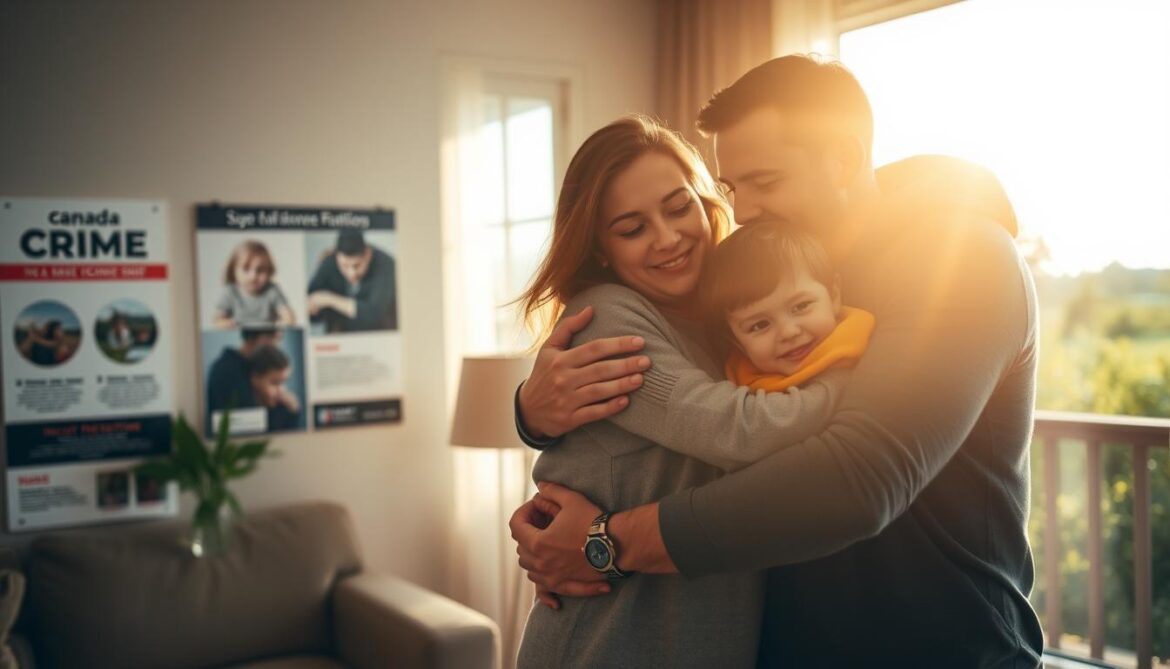Did you know over 90% of kids abused know the perpetrator? Often, these bad acts happen within families. This shocking fact shows how we need to stop incest to keep kids safe. Taking steps early not only protects children but also helps make a supportive space for everyone.
Stopping abuse starts in our homes. We should build trust, encourage talking openly, and teach kids about their rights and personal spaces. By following these important steps, we can stop incest and ensure a safe place for our loved ones. It’s key to spot abuse signs early, know how to set clear limits, and actively protect our families from harm.
For more detailed tips and guidance, it’s a good idea to check out Incest Aware. There, you’ll find many strategies to keep your family safe and stop sexual abuse.
Understanding Incest and Its Impact
Understanding the details of incest is crucial for the victims’ well-being and prevention. Defined as sexual relations within the family, incest deeply affects individuals and their relationships at home.
What is Incest?
Incest involves wrong sexual contact within a family. It includes relations between parents, children, siblings, and extended family members. Knowing and tackling its complexities is key for effective help and intervention. For deeper understanding, check out resources at RAINN.
Effects on Victims and Families
Incest leaves deep scars on victims, causing emotional and psychological pain. They may face trust issues, difficulties in relationships, and long-term emotional problems. This abuse impacts the entire family, not just the victim.
About 34 percent of child sexual abuse cases are by family members. The trauma impacts victims for life, leading to psychological and behavioral problems.
Addressing incest’s effects requires caring and informed steps. It is vital to see the signs and offer support quickly. Victims often delay sharing their experiences because they fear family backlash or past neglect of their abuse.
It is critical for anyone touched by such experiences to seek assistance. The National Sexual Assault Hotline at 800.656.HOPE (4673) and the online chat at online.rainn.org offer crucial help and advice for survivors.
Recognizing the Warning Signs of Incest
It’s key to know the warning signs of incest to protect your family. You can safeguard your loved ones by recognizing these signs early. This allows you to act quickly to help those in need.
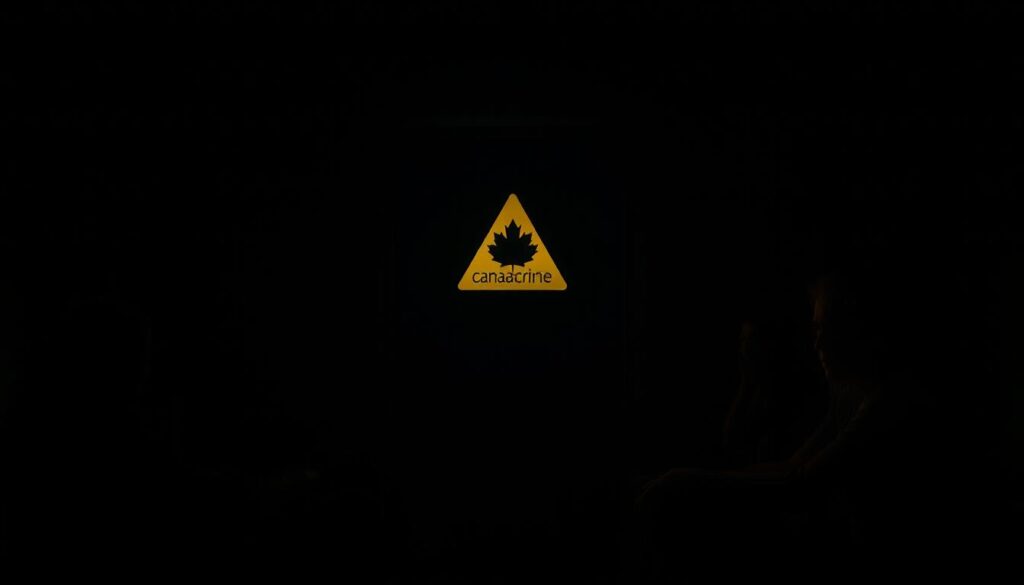
Behavioral Signs
Spotting sexual abuse can start with noticing changes in behavior. Key signs include:
- Withdrawal from usual activities and friends
- Unexplained anger or sudden rebellion
- Regression to earlier childhood behaviors, such as bed-wetting
- Secrecy, or unusual fear of certain people or places
Physical and Emotional Indicators
Look out for emotional and physical signs of abuse.
- Difficulty walking or sitting
- Stained or torn underwear
- Unexplainable fear of physical touch
Signs like depression and anxiety point to emotional abuse. Kids might get overly clingy, develop strange fears, or have trouble sleeping.
Importance of Setting Boundaries
Setting healthy boundaries in families is key to a secure and respectful atmosphere. It defines what behaviors are okay and which aren’t. This creates a space where everyone feels respected.
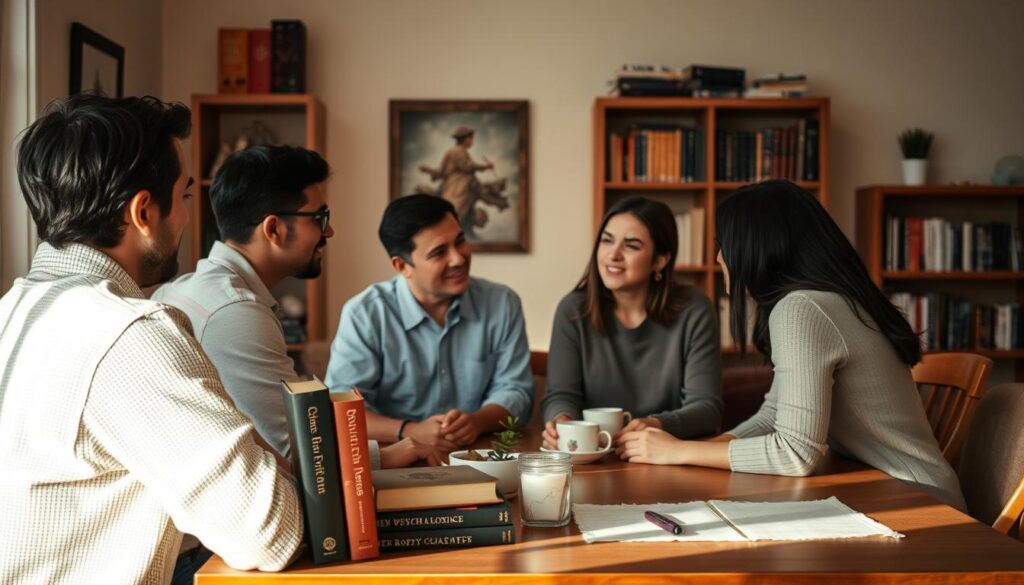
Healthy Boundaries in Family Relationships
Healthy boundaries prevent misunderstandings and stop unwanted actions. They make personal limits and expectations clear. This boosts respect and understanding among family members.
Having open talks about personal space and body rights is important. It builds trust and protects everyone’s rights in a safe space.
Practical Steps to Establish Boundaries
To set boundaries, teach kids about their body rights and personal space. Talking openly about these issues helps teach respectful interaction. Remember, being consistent with these boundaries is crucial.
- Discuss body rights and personal space with children.
- Model respectful behavior by adhering to the set boundaries yourself.
- Encourage open dialogue about feelings and comfort levels.
- Reiterate and reinforce these principles regularly to instill them deeply.
By taking these steps, you can build protective practices. This creates a safe and caring environment for all.
Effective Communication Strategies
Having good communication within your family is key. It’s about making sure everyone feels like they can share their thoughts and feelings. When trust grows, kids feel free to talk about what they’re going through, their emotions, and any troubles they face.
Creating an Open and Trusting Environment
To have trust, it’s important to really listen and keep an open mind. Holding family meetings to talk about what everyone’s feeling and dealing with helps a lot. These meetings help everyone tackle problems together.
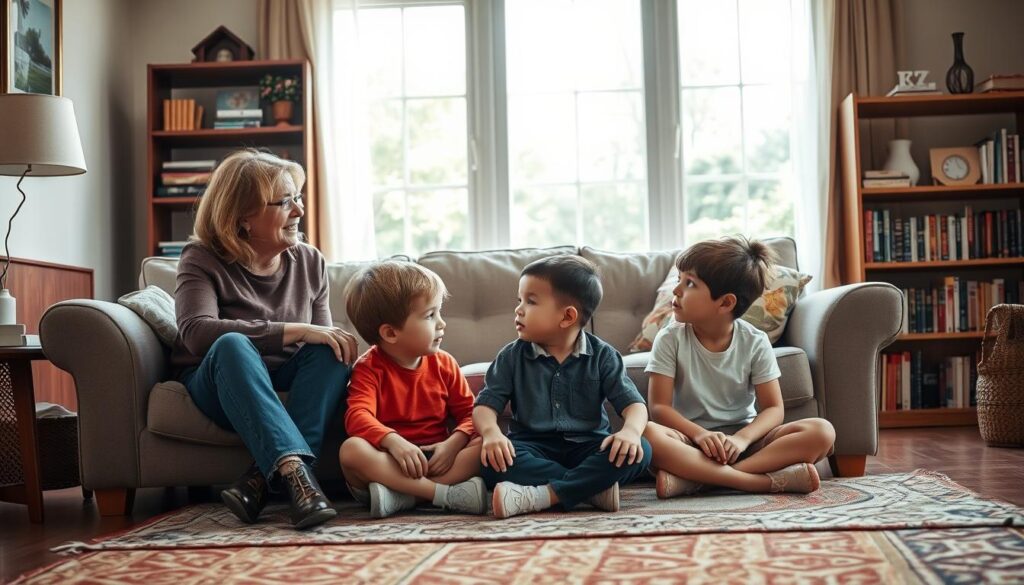
Encouraging Children to Speak Up
When you want kids to open up, being consistent and patient matters. Let them know it’s okay to express their thoughts and worries. This not only makes your family ties stronger but also helps in spotting and stopping big problems early on.
- Active Listening: Show you’re listening to your child by giving them your full attention.
- Non-Judgmental Responses: Understand and respond to your child without judging them.
- Regular Discussions: Make talking about daily life and feelings a regular thing.
Educational Resources for Parents and Caregivers
Keeping your family safe begins with the right educational resources. These tools are made to help parents and caregivers. They give you the knowledge to stop incest.
Online courses give you tools and ways to notice abuse signs early. They have interactive parts, videos, and quizzes to help you learn. You’ll learn how to keep your loved ones safe.
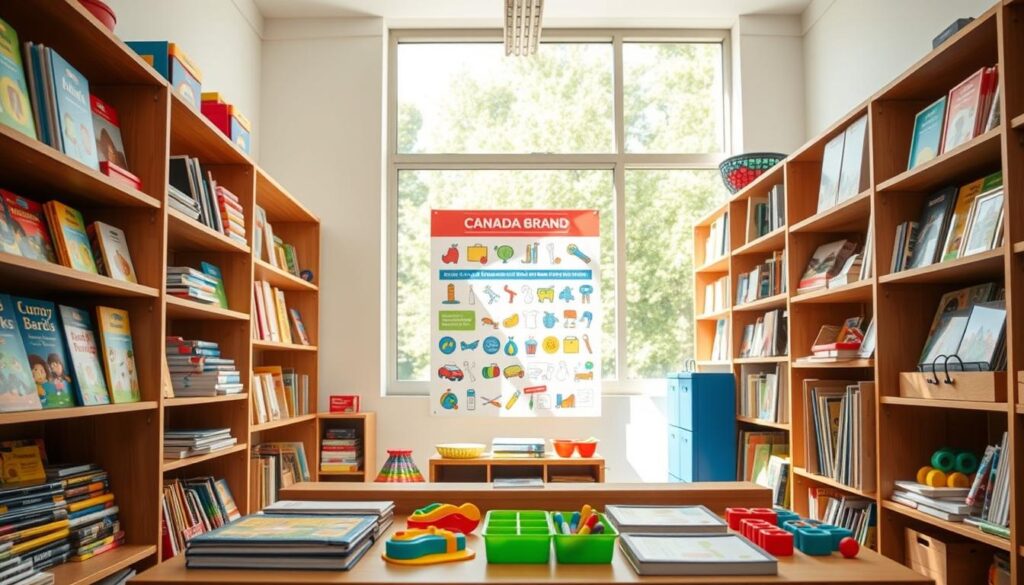
There are also brochures and guides you can download or print. They talk about important signs to watch for and how to see if someone is in distress. Keeping these materials ready means you can act fast and well.
Workshops and seminars let you meet experts in child safety face-to-face. You’ll learn a lot through talks and doing things together. They also help you meet other parents and caregivers to share tips.
Being informed and ready is key. Use these educational resources to help guide you. Remember, offering caregiver support is crucial. It helps create a safe, loving home for everyone.
Creating a Safe Home Environment
Making sure everyone in the family is safe and well is very important. It takes work and grown-ups being responsible to keep everyone secure.
Elements of a Secure Home
A safe house needs a few important things. For starters, it’s key to set clear limits that everyone respects. This helps everyone feel physically and emotionally okay.
Then, being open about topics like sexual health is vital. Talking openly helps remove shame and raises awareness.

Also, valuing privacy, like knocking on closed doors, is crucial for safety. This stops any awkward or unsafe situations from happening.
Role of Adults in Maintaining Safety
Adults play a big role in keeping the home safe. They should act in a way that shows respect, setting a good example. Watching how kids interact helps make sure they’re safe and respectful too.
It’s also important for adults to support and listen to the kids. This builds trust. Talking about safety and personal limits often helps kids learn how to stay safe.
In conclusion, a safe home is based on clear limits, open talks, and grown-ups being involved. This way, everyone feels safe and respected.
Tips to Prevent Incest
Protecting your family from sexual abuse starts with knowledge and action. Using good tips for preventing incest can make a safe space for kids. They will feel secure and respected.
Proactive Measures
Teaching kids about sexual boundaries early on is key. It’s important to talk about their body rights and telling someone if they’re uncomfortable. Watch for any worrisome signs in how people act or interact at home.
- Explain the difference between okay and not okay touch.
- Encourage them to talk openly about their feelings and things that happen to them.
- Be supportive and attentive in their day-to-day life.
- Check regularly on who gets alone time with your kids.
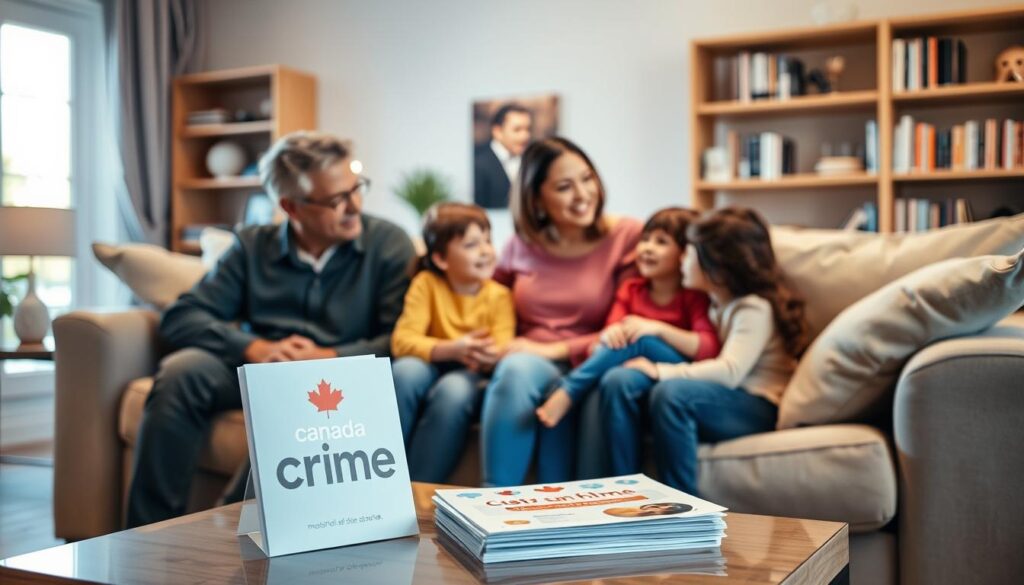
What to Do If You Suspect Abuse
If you think abuse is happening, it’s critical to act fast and thoughtfully. First steps include getting in touch with child protection services and finding a professional to help the victim safely. Here’s what to do:
- Note any changes in behavior or physical signs.
- Seek advice from a trusted child psychologist.
- Call local child protection for help.
- Have gentle, supportive talks with your child.
- Make sure the child is in a safe and caring place.
By mixing *incest prevention tips* with *proactive safeguarding*, you can safeguard your family. Always aim to make a safe environment where your kids feel supported.
The Role of Therapy and Counseling
Healing from incest involves deep therapy and counseling. As you work towards recovery, it’s vital to grasp the benefits. You also need to find the right help for abuse.
Benefits of Professional Help
Therapy for incest victims offers a secure space to face trauma. Professional help for abuse brings personalized help, making it easier to handle emotions and heal. These services help rebuild confidence, strengthen resilience, and take back control of life after trauma.
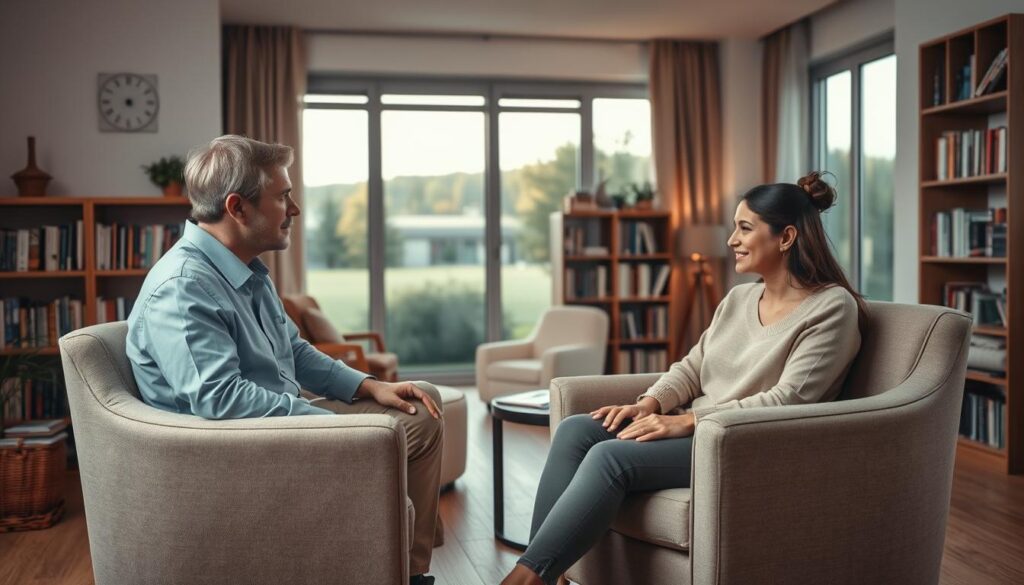
Finding the Right Therapist
Choosing the right therapist is key to overcoming trauma. Aim for experts in sexual abuse recovery. Their deep knowledge helps address unique survivor challenges. Checking their qualifications, methods, and reviews helps find a good match. Good counseling services offer supportive care, focusing on lasting wellness.
Support Resources Available in Canada
It’s crucial to offer strong support for victims and their families to overcome incest challenges. Canada has many support resources, from national hotlines to local groups, helping those affected.
National Hotlines and Organizations
In Canada, various national groups and hotlines provide quick help. The Canadian Resource Centre for Victims of Crime and RAINN have 24/7 incest support hotlines. They make sure help is always there, any time you need it.
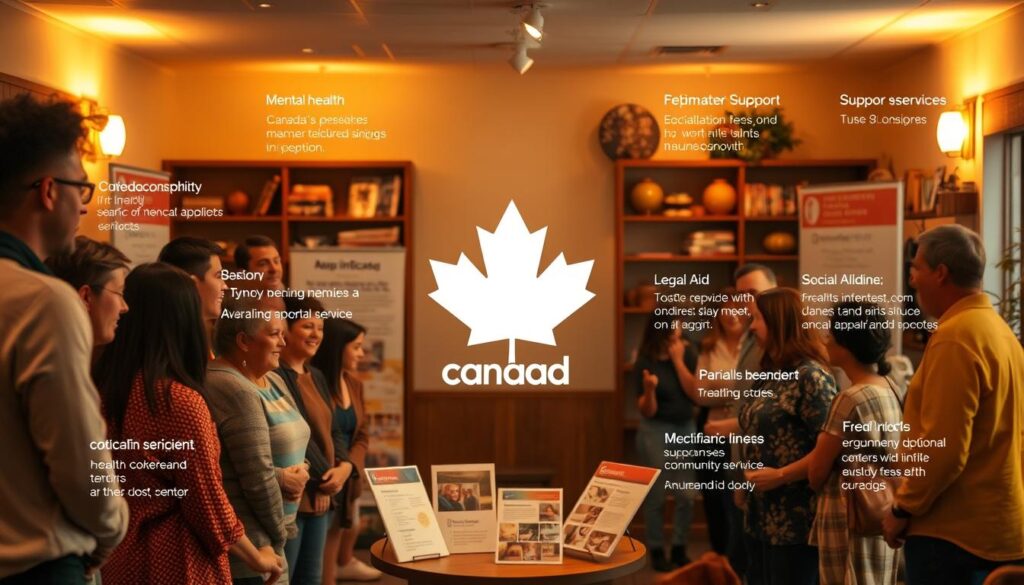
| Organization | Contact Information | Services Offered |
|---|---|---|
| Canadian Resource Centre for Victims of Crime | 1-877-232-2610 | Counseling, legal advice, victim support |
| RAINN | 1-800-656-HOPE (4673) | 24/7 hotline, community referrals, crisis intervention |
Local Support Groups
Besides national hotlines, Canada is home to many local help groups. They support incest survivors and their families. These groups bring community and help through meetings and services.
- Women’s Sexual Assault Centre of Victoria: Provides counseling, advocacy, and a safe space for survivors.
- Toronto Rape Crisis Centre: Offers crisis support, counseling, and community workshops.
- Montreal Sexual Assault Centre: Provides medical and psychological support, including therapy sessions.
By using these support resources Canada provides, victims and their families can get the help they need to heal. No one should go through this alone. These resources ensure access to necessary support.
Legal Protections and Reporting in Canada
It’s important to know about Canada’s legal rules to fight incest and help victims get justice. This part will explain the laws on incest and how to report it if you think it’s happening.

Understanding the Crime Code
The Canadian Criminal Code makes incest a crime that can lead to jail time. The law says incest involves sexual activities between blood relatives or adopted family members. The punishment can be harsh, including prison, especially if the victim is young.
| Crime | Offense Description | Penalties |
|---|---|---|
| Incest | Sexual relations with a close relative | Imprisonment up to 14 years |
| Aggravated Incest | Involves a minor | Imprisonment for life |
How to Report Suspected Incest
If you think someone is a victim of sexual abuse or incest, reporting it is key. Here’s what you can do:
- Call your local police or the RCMP to report. Give them as many details as you can about the abuse.
- Use national hotlines like the Canadian Center for Child Protection for help and advice on reporting sexual abuse.
- Talk to lawyers who know about criminal law to figure out what to do next.
- Keep everything private to protect the people involved until the police do something about it.
By knowing and using Canada’s legal protections, you play a big part in protecting others and making sure justice is done.
Conclusion
To solve incest issues, we need a full plan that includes teaching, talking, and community help. Making clear family boundaries and using good talk tactics can create a safe space for kids. It’s vital to make sure your home is safe and always be on the lookout for danger signs to protect your loved ones.
Stopping incest begins with being aware and taking early steps. It’s crucial to use the educational tools available for those taking care of kids. These tools help you spot and stop potential dangers. Making safety a priority at home can have a big impact. Also, getting help when you need it and knowing your rights and support in Canada are key to keeping your family safe.
Keeping our kids safe is a job for all of us together. From what has been said, it’s clear that staying alert, learning, and taking action can make places safer for everyone. Remember, keeping your family safe and promoting safe habits are not just things to do; they are promises that can change lives and secure a better future for everyone.

